Intravenous immunoglobulin (IVIG) is a popular replacement therapy for people who cannot produce enough antibodies to protect against disease. It also treats people with autoimmune disorders to help balance out their immune systems. Subcutaneous immunoglobulin (SCIG) is an alternative to IVIG, and they each work well. So what is the difference between IVIG vs. SCIG? Read on to learn about some of the differences and how to decide which one is right for you or someone you love who needs immunoglobulin replacement therapy.
Immunoglobulin Replacement Therapy
Immunoglobulin replacement therapy is helpful for people who cannot produce enough antibodies to protect against disease and autoimmune disorders.
Both IVIG and SCIG are examples of immunoglobulin therapy. In general, they are equally effective for administering antibodies to people who do not produce enough on their own. IG replacement therapy makes a world of difference to people who need antibodies to protect against disease and infection. Both IVIG and SCIG are reputable, effective IG replacement therapy options.
Process
Both IVIG and SCIG involve administering antibodies to people who need it. However, there are different processes with each that determine which one you choose. IVIG is administered intravenously, which usually takes about 1-4 hours. In contrast, SCIG works by injecting the antibodies into the subcutaneous layer of fatty tissue under the skin. This process tends to yield results without a high peak in serum levels found with IVIG. It all depends on what you need and prefer.
Frequency
IVIG infusions are typically administered every few weeks, depending on what you need the antibodies for. Sometimes you might need more frequent infusions. However, SCIG infusions usually are administered weekly. This is mainly because the effects of IVIG are more pronounced than SCIG.
Side Effects
IVIG, as stated earlier, generally requires fewer frequent treatments. This can be helpful because side effects tend to be less with subcutaneous vs IV infusions. Common side effects include localized pain, redness, and swelling at the treatment site for both options. These can be more common with SCIG infusions. Other rarer side effects include fever, shakes, and chills. A major benefit of SCIG is related to comfort and accessibility. Since SCIG does not require access via an IV, it may have less infection risk. Subcutaneous IG therapy does involve multiple individual needle sticks, so that is also something to keep in mind.
Choosing the Right Option for You
Immunoglobulin replacement therapy is a necessary treatment option for people who struggle with producing their antibodies or have an autoimmune disorder. Intravenous and subcutaneous immunoglobulin are excellent options for providing this resource to people who need it.
If you’re interested in learning more about how Mylyfe Specialty Pharmacy can help you with the logistics of providing services like IVIG and SCIG, email us at hello@mylyfehealth.com.
Personalized Care,
Professional Excellence
Improving Your Quality of Life Is Our Mission





